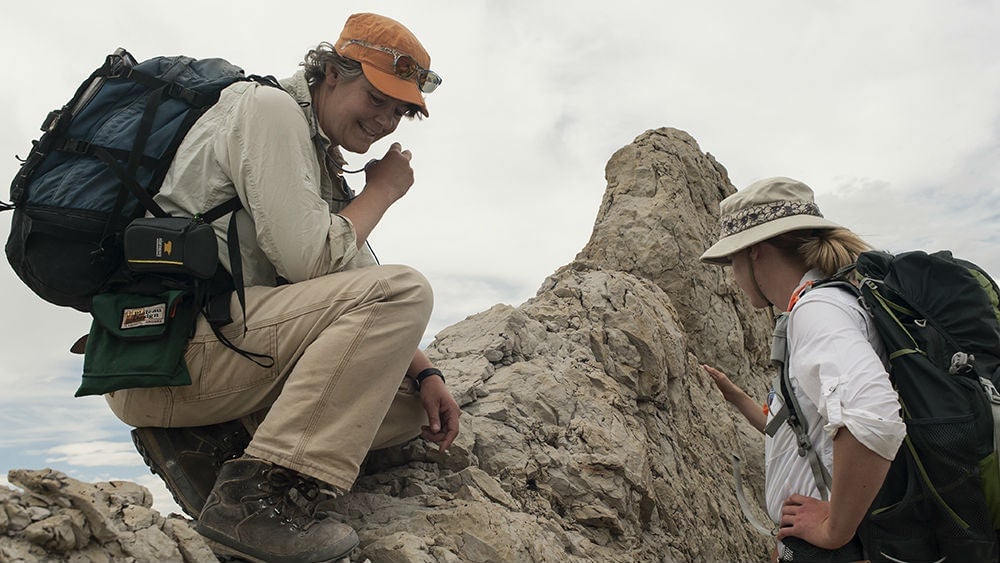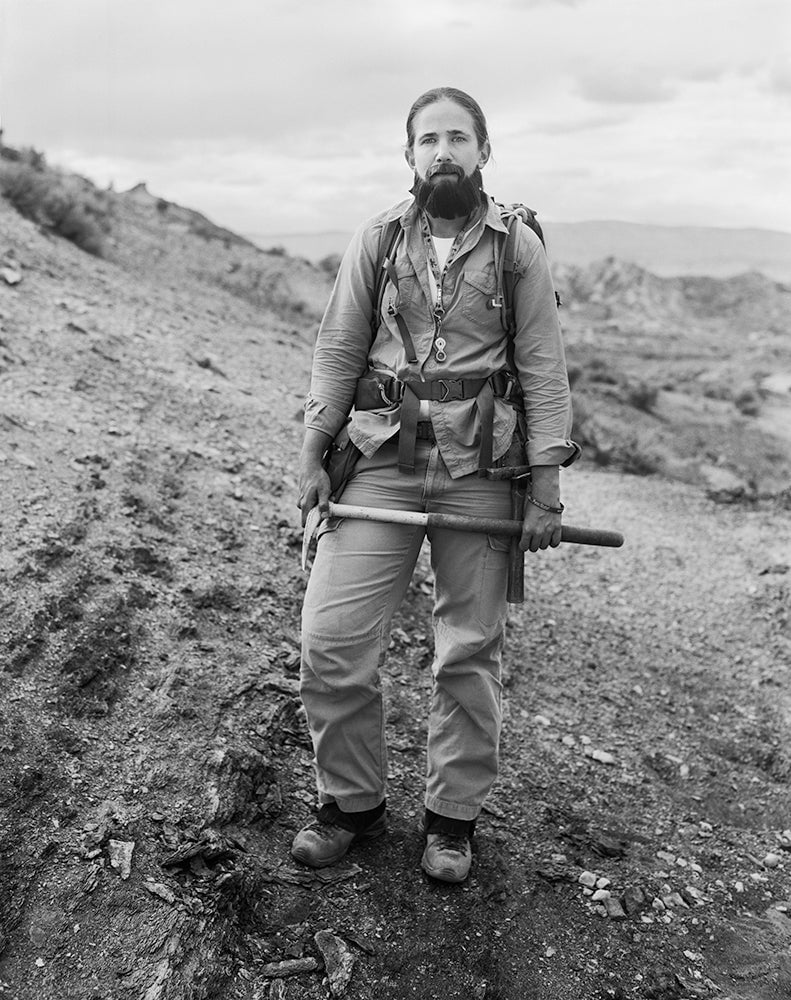Women paleontologists are donning fake beards because of sexism
As a kid, Ellen Currano loved dinosaurs. When she was six years old, she came home from school and announced to her parents that she wanted to be a paleontologist. She never wavered on that commitment, and is now a paleobotanist at the University of Wyoming.


As a kid, Ellen Currano loved dinosaurs. When she was six years old, she came home from school and announced to her parents that she wanted to be a paleontologist. She never wavered on that commitment, and is now a paleobotanist at the University of Wyoming.
Currano has an impressive resume. After finishing up her graduate degree at Penn State, she went on to do post-doctoral work at the Smithsonian National Museum of Natural History, and was on tenure track at Wyoming all before the age of 30.
And yet, when she entered the workforce, Currano was not treated the same as her colleagues.
“I’m either celebrated and pushed to do outreach, to be representative for women…and simultaneously, I go to faculty meetings and I’m spoken over and ignored, not treated as one of the group,” she told filmmaker Lexi Marsh. “There are days when I wish I could just slap a beard on my face and go to work.”
So, she and 100 of her peers did.

In 2014, Currano, Marsh, and photographer Kelsey Vance started the Bearded Lady Project (directed by Marsh). The goal was to create a documentary about women working in the male-dominated field of paleontology, and an exhibit of portraits of women wearing beards to show that paleontologists include a diverse group of women.
Sexism in science is nothing new—prominent male scientists have called women in the lab distracting and in recent years, allegations have arisen in a number of cases of researchers sexually harassing their female students. Women with advanced degrees also make up less than half of the academic and industry workforce in scientific disciplines, with the exception of behavioral sciences, where women make up 62%.
Only about 16% of geoscience professors are women, and under a third of all the members of the American Geophysical Union are women. Women also make up 20% of the organization’s peer reviewers, whose job it is to vet the work of their colleagues before it is published in AGU journals.
Currano says she hasn’t experienced overt harassment or discrimination, but has been subjected to slights her male colleagues don’t have to suffer, like being interrupted or mansplained in a professional setting. “It’s little things adding up—death by a thousand paper cuts. You’re sitting in a faculty meeting, and you have an idea and everyone ignores you, and then your male colleague says the same thing and it’s the most amazing idea,” she says. Currano also said that when teaching, students would often call her “Mrs.” instead of “Dr.” at first, and that at professional meetings, she noticed that male scientists outnumbered women four to one. Men who graduated at the same time she did seemed to be asked to participate on more projects, too, despite the fact that she was equally qualified.
“I would have my experience and I’d wonder, ‘Is this in my head?'” she says. “And then you’d talk to other women in geology and paleontology, [and they’re] thinking the same things I am. It’s not…me being paranoid.”
Currano notes that she’s had some amazing male mentors and colleagues over the years who have been supportive and encouraging. The goal of the Bearded Lady Project was not to call out male scientists, but rather to show the diversity of women in the field, form a sense of community among women, and to start conversations with their male colleagues. Ideally, Currano says, the Bearded Lady Project would help male scientists recognize subtle sexism, and consider if there is anything they do that would make the field harder to succeed for their female colleagues.
Portraits in the Bearded Lady Project are currently on display at the University of Wyoming, and the team is currently raising money for a scholarship to support female paleontologists pursuing field research.
Correction: An earlier version of this project misstated the number of scientists photographed and the cause for which the project is raising money.